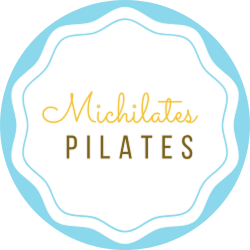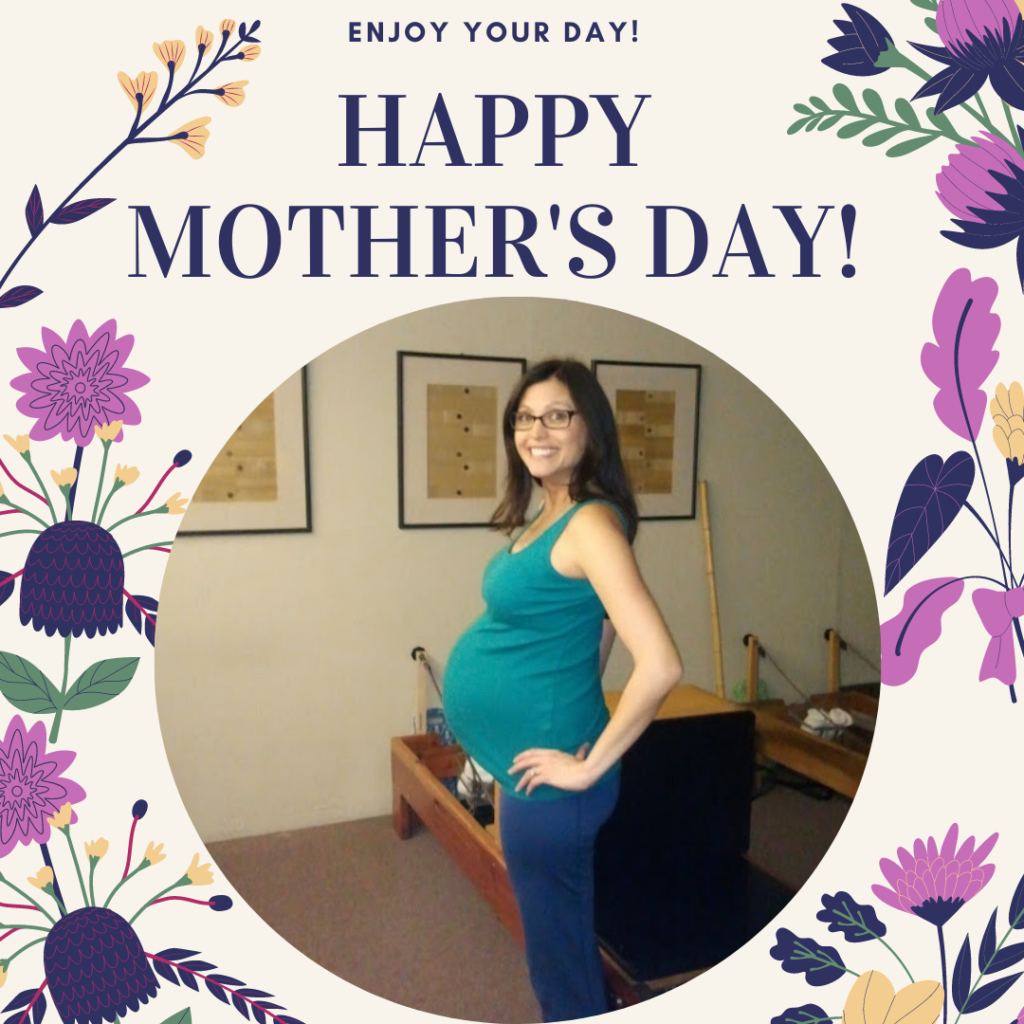How does ankle mobility affect walking?
When you walk and have good ankle mobility you can flex your foot sufficiently to activate your glutes, pelvic floor, and your hip goes into extension. YAY!
Think for a moment how many steps you take in a day?
Many of us have some sort of tracker measuring our steps in a day. Companies incentivize their employees to get out and walk. exercise, etc.
Walking is an important activity to move about in our daily lives and enjoy the outdoors, trails, etc.
So what happens when you lack ankle dorsiflexion, the act of raising the foot upwards towards the shin?
Your heel will lift off too soon in your stride resulting in the glutes not firing to extend your hip and then your pelvic floor doesn’t go to the full range of motion that it is designed to.
Your intelligent and efficient body will compensate naturally, which in turn can cause issues elsewhere.
You will still walk forward however it’s not coming from the right places. Maybe the knees will be affected or up to the hips, back, and on up through your body.
Taking a closer look at the feet to find clues about your body’s preferred movement patterns is an awesome starting point for those with pelvic floor issues, core, low back pain, SI (Sacroiliac) joint, pain with sex, erectile dysfunction, etc.
I attribute my lack of ankle mobility to a hip injury. I stopped using all the muscles for so long and my body decided to forget them and use other strategies to get me around!
This domino effect can work in both directions. It could have been my lack of ankle flexion that lead me to get injured in the first place, who knows? At that time in my life, I was not aware of my body like I am now as a trained Pilates instructor.
In this video, you will see how to assess your ankle mobility.
Props I used:
- Wall space
- ruler 4-6 inches
- Male shoe
- 3” block or ½ foam roller or you can try a book with towels rolled up on top
Assessment #1: Place a ruler on the ground in front of a wall.
- Standing, place your right toe at 6” see if you can bring your knee to the wall keeping the knee in alignment and your heel down. Your knee should get close.
- Try the left foot.
- Try 4” if you can’t get the knee close with the 6” distance
- Be kind to yourself it tends to be a tight area that you want to be gentle with.
Assessment #2: Standing near a wall in case you need help to balance you will step your right foot forward. Place your left toes in line with your right heel so your stance is staggered.
- Bend both knees, the back left leg is the one you are assessing.
- You want the knee in line with the right ankle bone, the medial malleolus the bony projection on the inside.
- It’s helpful to stand looking in a mirror or have a friend help you see where your knee is tracking.
- This is one I do while I’m pumping gas or standing in a line, etc.
- Try the other side.
Assessment #3: Kneeling using a male shoe (my hubby’s measured 4 1/2 inches) up against a wall.
- Square off your hips, ground your heel down and keep it there as you drive your knee into the wall. Watch that your knee doesn’t go out or in, keep the alignment.
- This one is harder for those with knee issues, I prefer the standing version.
- Try the other side.
Assessment #4: Using a ½ foam roller or 3” block or book with a towel rolled up on top to get to 3”. My yoga block is about 3 ½ inches.
- Stand near a wall for balance.
- Place your left foot on the center of your surface and monitor what your pelvis does.
- Your goal for adequate ankle dorsiflexion is you should be able to maintain the foot on the top and step the other foot forward comfortably without all the movement in the pelvis.
To recap, the importance of sufficient ankle mobility can help you avoid compensation patterns in your body which will help to avoid injuries and issues in the long run.
Assessment options to try:
- Standing at the wall to see if knee can touch
- Standing staggered legs with both knees bending – probably harder to see for yourself but great exercise to practice while brushing teeth, making coffee, pumping gas, etc.
- Kneeling knee to wall, I did feel more hip activation in this version and it was harder!
- Walking over block
If you want to take a closer look at your feet to assess more in-depth and learn exercises to help with bunions, high arches or flat feet contact me at michiko@michikopilates.com.

https://www.medicalnewstoday.com/articles/318930#dorsiflexion-and-plantar-flexion

